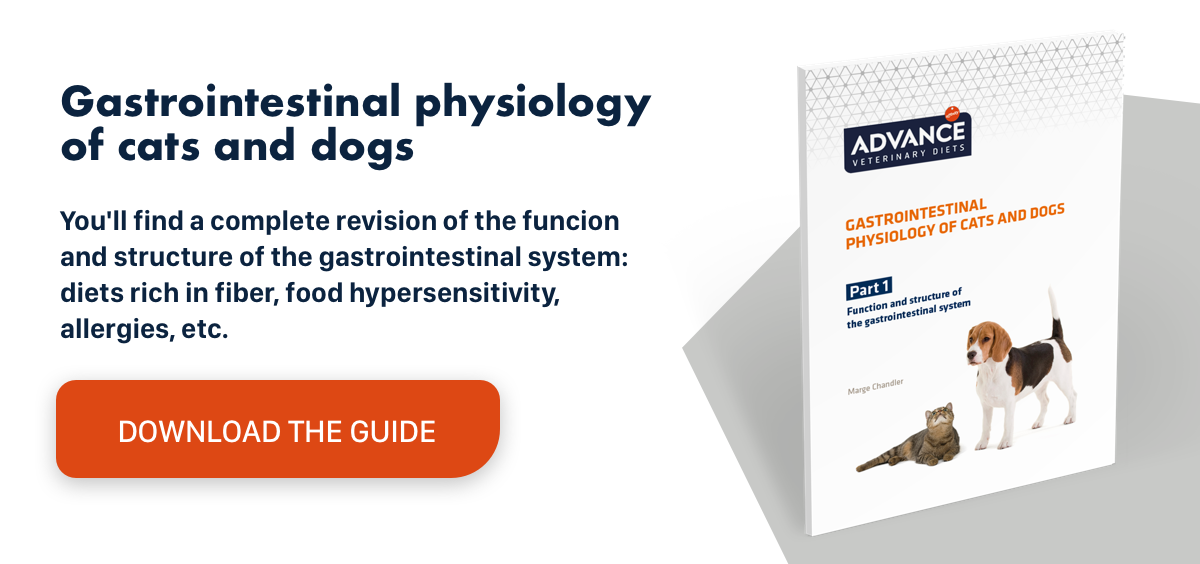Giardia in cats: diagnosis and prevention
Giardiasis
Giardiasis is produced by the protozoan, Giardia spp. Animals become infected when they ingest cysts eliminated by other, already infected animals, often when drinking water. The parasites are mainly found in the small intestine, where they impair digestion.1
Characteristics and clinical signs
The signs range from mild to moderate diarrhoea, which may be persistent, intermittent or self-limiting. The diarrhoea is usually amorphous and inconsistent, with no blood or mucus; however, it can vary greatly. Some animals lose weight, but others do not. Giardiasis may course with characteristics of large intestine diarrhoea in some patients. In cats, the elimination of Giardia oocysts might be associated with that of Cryptosporidium oocysts or coccidia.1
Diagnosis
Giardiasis is diagnosed by detecting motile trophozoites in fresh faeces or duodenal lavages, cysts using faecal flotation techniques or Giardia proteins in faeces by means of ELISA. Zinc sulphate solutions appear to be the best media for detecting cysts (especially when using centrifugal flotation), as others can alter them. At least three stool tests should be performed over the course of 7–10 days before ruling out giardiasis.1
Some ELISA techniques offer excellent sensitivity and are easier to perform than faecal centrifugal flotation. Sometimes lavage of the duodenal lumen (via endoscopy or surgery, by flushing 5–10 mL of physiological saline into the duodenum before collecting it) or duodenal mucosa cytology can confirm the presence of these organisms when other techniques fail.1
Treatment and prevention
Treatment response is often used as a basis for diagnosis, but this approach has limitations. Metronidazole has few side effects and certainly seems effective (cure rate of approximately 85% after 7 days of treatment). However, animals without giardiasis can manifest a clinical reaction to metronidazole. Furazolidone (5 days of treatment) is probably as good as metronidazole and is available as an oral suspension, making it easier to treat kittens. Albendazole (5 days) and fenbendazole (5 days) are also effective, with recent data suggesting that ronidazole works well. However, none of these drugs is 100% effective, which means a lack of treatment response does not rule out the disease.1
It can be hard to eliminate for various reasons:1
- The organisms are very resistant to certain medicines.
- Immunosuppression or concomitant disease in the host complicates elimination.
- Re-infections occur easily, as the cysts are resilient to changes in the environment.
- Other protozoa (e.g., Tritrichomonas) are sometimes mistaken for Giardia.
Bathing patients and cleaning up their living environment can go a long way to ensuring a successful treatment and preventing a re-infection or re-infestation. Quaternary ammonium compounds and pine tar are effective for disinfecting the living area. Vaccination is not usually a feasible treatment option for patients who fail to respond to the aforementioned drugs, but it is effective for prevention.1
